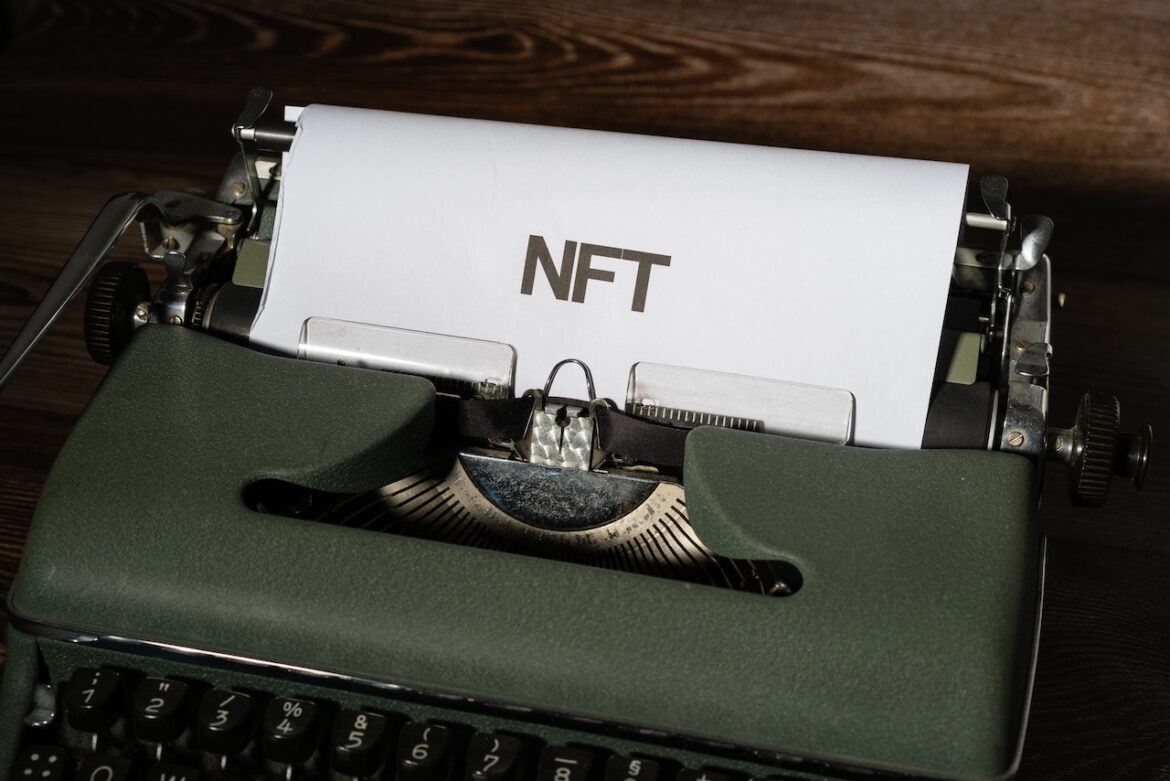It is highly unlikely that you’ve never heard of NFT in recent times. And in connection to that, you may have heard of someone selling a digital image or rare photo for thousands of dollars on NFT platforms. Based on the foregoing, it is also likely that you have an idea of what digital collectibles are if you know what NFT is. But if you have never heard of both terms – digital collectibles and NFTs – you have not committed a crime; just sit back to learn something here.
What is a Digital Collectible and What is NFT?
The concepts and meanings of digital collectibles and NFTs are similar and almost interchangeable – but they are different and almost parallel. Let’s consider what NFTs are first because it drives the concept and applicability of digital collectibles.
NFT stands for non-fungible token. A fungible is a commodity that can be exchanged or replaced by another similar commodity to satisfy a need. So when something is non-fungible, it means that a commodity cannot be replaced with something similar to meet an obligation – this suggests that a commodity is highly unique and there can be no replacement for it. The token part of the phrase indicates proof of ownership for a digital item that can be sold or purchased.
Digital collectible on the other hand indicates virtual items such as digital art, video footage, gift card, music recording, or digital access that can be bought or sold. Digital collectibles are very limited and very unique, and this rareness drives their value and price. It must however be pointed out that digital collectibles can only be traded – bought or sold – with cryptocurrencies for higher security, and this means it makes use of blockchain technology.
How to trade or invest in digital collectibles
Digital collectibles require NFTs linked to cryptocurrencies for trading to guarantee originality, ownership, collectibility, and payments. To invest or trade in digital collectibles, you have to utilize NFT marketplaces where such items are listed for sale, or buy directly from companies that create the items.
If you are buying from creators, you may be able to make payments with credit cards. But if you are using NFT marketplaces, you will be able to make transactions using cryptocurrencies such as Ethereum or Dogecoin. Examples of NFT marketplaces include OpenSea, Rarible, Nifty Gateway, and SuperRare among others. To make payments on the digital collectible platforms, you will require NFT wallets such as MetaMask, Trust Wallet, Coinbase Wallet, Rainbow, and Dapper Wallet among others.
You must fund your crypto wallet with the cryptocurrency you want to trade with. Using a browser extension (if you’re using a laptop or desktop computer), connect the third-party wallet to the NFT platform and then pick the digital collectible you want to buy. So when you buy your desired NFT, you own the collectible item as well as the NFT token which serves as proof of ownership.
How Profitable are NFTs?
The value of digital collectibles or NFTs depends on the number of people willing to pay for them; meaning that the value can rise in one minute and crash the next. Although there have been people who sold NFTs for millions of dollars (these will be listed in the next section), there have also been millions of NFTs that have remained unsold since 2020 when the market began to gain global attention.
The bottom line here is that there is very high volatility in the prices of digital collectibles – in fact, all collectibles! As with all investments, there is an element of risk attached to investing in NFTs – you may buy it and then have the price crash soon afterward, or be unable to sell it due to flat demand for it. The only upside to this point is that you won’t have to pay any fees to have your purchased collectibles stored online for you; you’ll only pay marketplace commission if you are able to sell them afterward.
Examples of Prominent People Who have Sold NFTs
The majority of NFT investors are anonymous people who trade with monikers and strange usernames. The reason for this is that people want to keep their identities private when they make significant money online – just as most antique buyers or auction investors choose to remain anonymous. However, prominent people such as Jay Z, Eminem, and Kings of Leon among others have all dipped their legs into the NFT business.
The founder of Twitter and Square, Jack Dorsey, sold his first Twitter tweet ever as an NFT for almost $3 million. Beeple made a short video that sold as NFT for $6.6 million, and one individual paid almost $390,000 for a 50-second video produced by Grimes. Beeple auctioned off another digital piece of art for $69 million – the most expensive digital collectible ever sold as NFT!
The source code of the World Wide Web was also auctioned by Sir Tim Berners-Lee for a huge amount, and Gary Vaynerchuk created VeeFriends as digital characters to be sold as NFTs. Logan Paul sold NFT video clips of the Pokemon card for $20,000. Other NFT projects that have sold huge amounts of dollars include the Bored Ape Yacht Club, CryptoPunks, Marvel, and Wayne Gretzky, with one 18-year-old with the username Fewocious saying he has made about $17 million from NFT arts.
And for info purposes, Meta announced a few days ago that it will begin to roll out digital collectibles on Facebook and Instagram – starting with US creators and collectors who will be able to connect a digital wallet for the social media accounts.
Photo by Markus Winkler on Pexels

